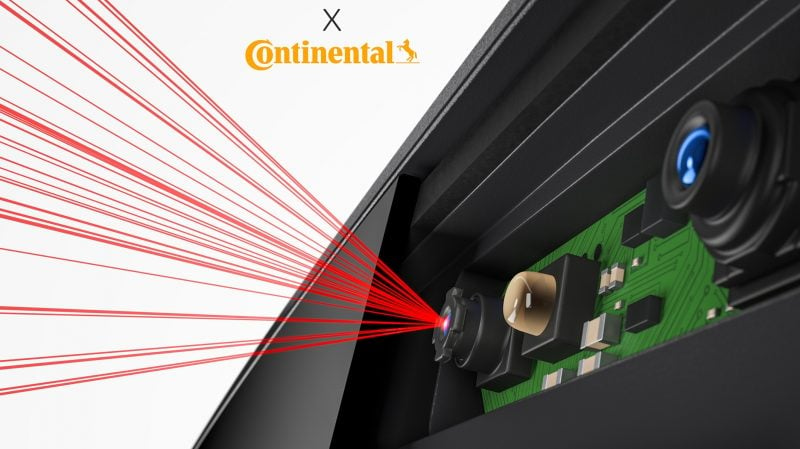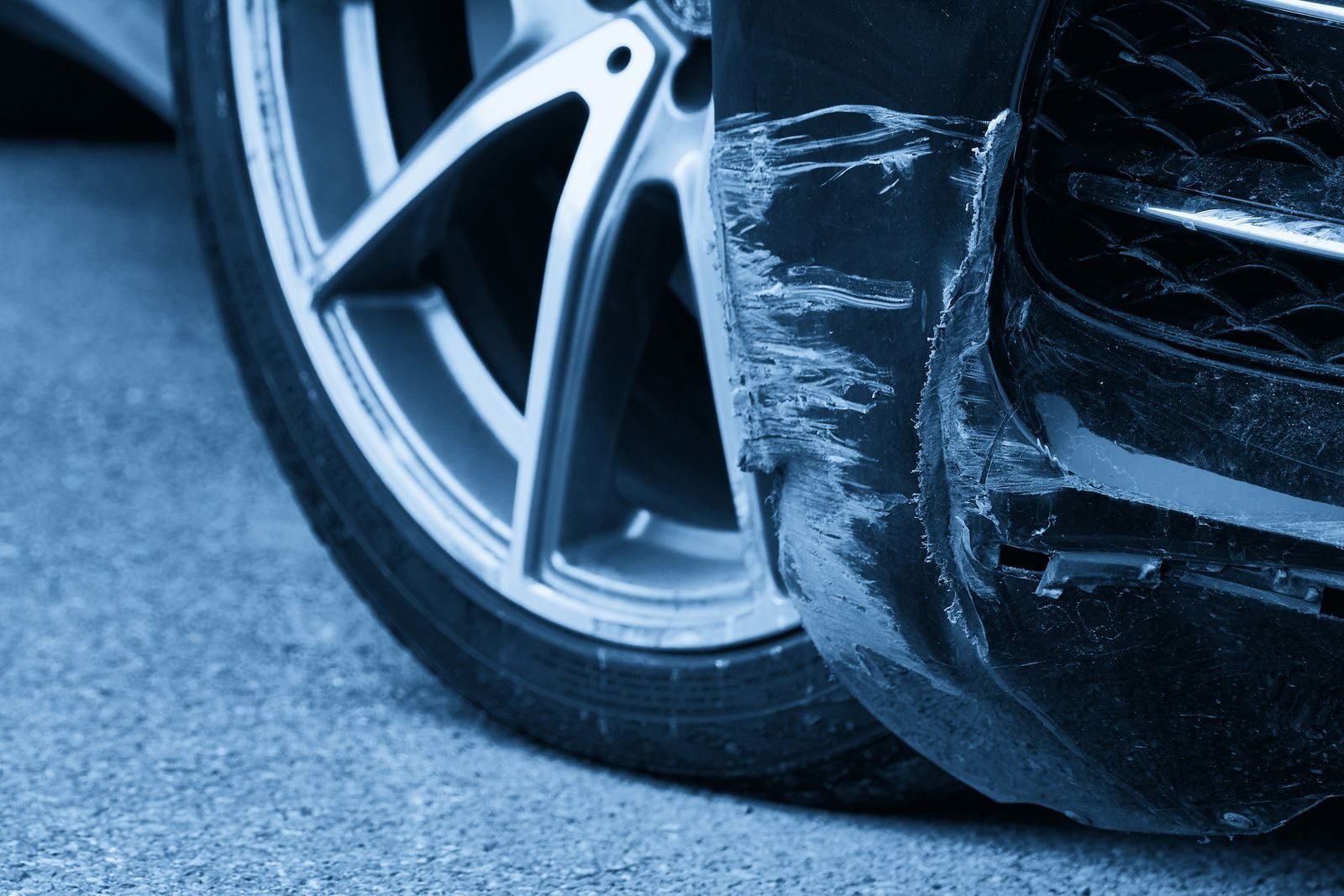Two recent experiences have led us to wonder if certain manufacturers (and their distribution networks) might not be making fun of us a little. The first is a fairly basic bumper to replace on a Japanese car which will require some quotes from bodybuilders. Everyone told us the same thing when drawing up the list of parts to change: “the bumper, we take it exclusively from our supplier“. The reason, we address it further below.
We then ask, as the law authorizes, to use a re-used part or, quite simply, to opt for a part which is not directly from the brand and therefore much less expensive. Since the opening of the visible part market, the situation should indeed relax a little. But what happens next shows that there is still a long way to go. All the bodybuilders consulted refused to leave “their” supply network. In this case, that of the vehicle manufacturer, whom we contacted directly to confirm the price of the part: it was indeed €585, excluding taxes. So we are talking about an unpainted polypropylene shield, without any optics or grille. A large piece of molded plastic.
The adaptable or the reused part
A short search allows us to find a new bumper equivalent to €185 including tax, which we will paint and install ourselves. To ensure that the part is the right one for our vehicle, all you have to do is consult a site listing all the serial numbers of the parts depending on your vehicle model, its engine and even its year. Very practical to avoid making mistakes.
Bodybuilders refuse the use of these so-called “adaptable” parts. on the grounds that they are not always perfectly the dimensions of the original and that they sometimes have to be adapted during assembly. In other words, they don't want to bother too much, and too bad for the customer. Look no further for the incessant increases in insurance premiums, there you have the beginning of an explanation! Our assembly ultimately took 10 minutes and did not require any modification.
The second experiment concerns a rear-view mirror on a recent vehicle equipped with driving aids: blind spot warning and lane keeping. These two technologies involve the presence of sensors integrated into the rearview mirror, obviously much more expensive than a simple older generation model.. Amount of the part from the manufacturer? €680 excluding tax. Only the internal plastic axle holding the mirror on its arm was broken, but no garage today bothers to open a part to try to repair it: we change it, and that's it. Here again, too bad for customers' wallets and at worst, insurers will pay.
Return via the Internet box to find a new mirror from a supplier after around ten minutes of research, for a little over €250 including tax. Again the adaptable which however presented a very small, very insignificant difference with the original model: it folds down a few degrees more. We'll be happy with it, given the amount saved.
Is technology enough?

Cameras, blind spot warning, Lidar and radar, the exterior dresses of today's cars have become so precious and equipped with digital tools that they would become more expensive than haute couture. But in addition to sometimes undergoing in spite of ourselves these technologies which are imposed by new safety standards and crash tests (part of the final score depends on the presence of all these electronic crutches), we also have to face margins in sometimes indecent after-sales at dealerships. But can we even blame them, when those in the new vehicle department are not always in good shape? For many dealers, the livelihood is the workshop, and certainly not the sale of newly registered vehicles. But by trying too hard to pull the string with sometimes overpriced parts, the networks maintain the growing risk of having more and more vehicles that are economically irreparable.
The explosion in coin prices
The SRA (automotive safety and repair) has consolidated data for 2023 on claims recorded by insurers throughout the year. These are 4 million files which made it possible to calculate the cost of repairs in “base 100” in order to have a common denominator with the other years. And the observation is clear: the cost is increasing by 26.2% between 2019 and 2023. 1.8 million claims are declared EI (economically irreparable) per year. And this is not likely to get better since the average cost of spare parts has increased significantly: +7.5%. The “spare parts item” now represents 51.8% of the total amount of repairs. That’s a 30% increase since 2019!
So with shields clad in cameras, matrix LED lights and cameras in the windshields, don't expect too much for a reversal of the trend. In the meantime, pray that your vehicle will not be hit and be careful while driving…

